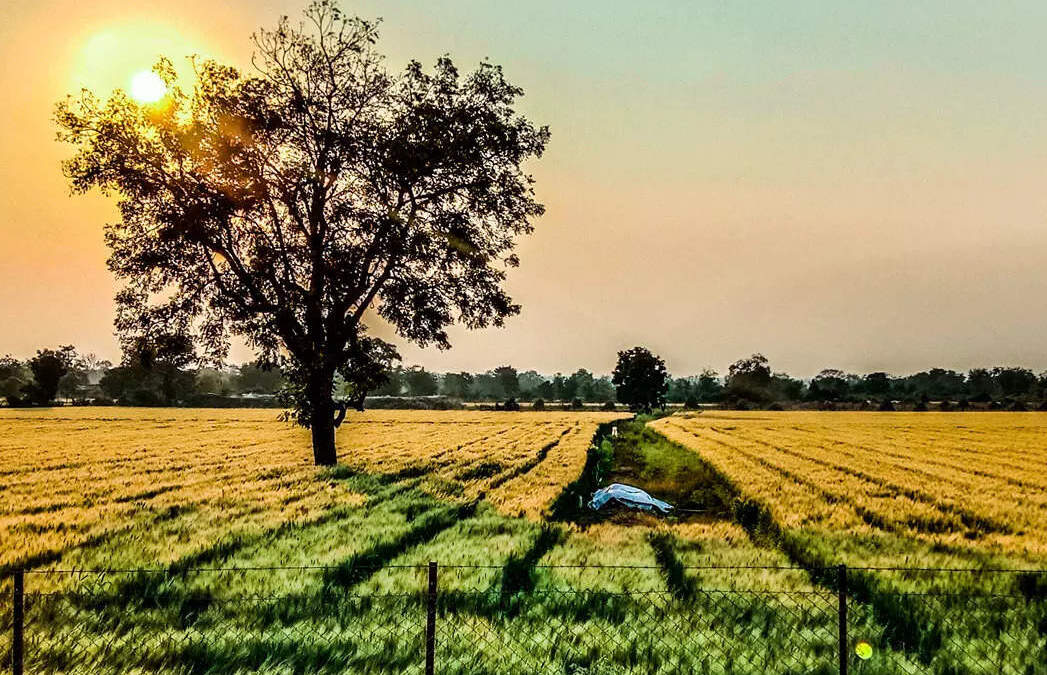2 Glorious Years Of Revolutionizing Agritech
Modern agritech companies are using technology to optimize the supply chain, especially the inbound supply chain, and remove many inefficiencies. By connecting them to online marketplaces, the producers were able…








